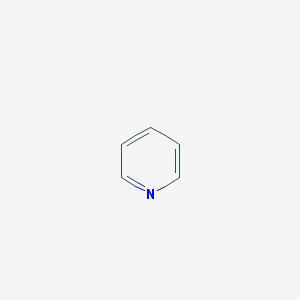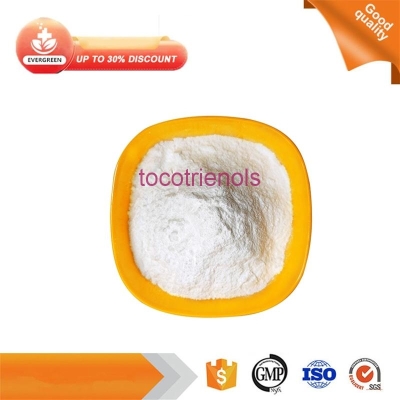-
Categories
-
Pharmaceutical Intermediates
-
Active Pharmaceutical Ingredients
-
Food Additives
- Industrial Coatings
- Agrochemicals
- Dyes and Pigments
- Surfactant
- Flavors and Fragrances
- Chemical Reagents
- Catalyst and Auxiliary
- Natural Products
- Inorganic Chemistry
-
Organic Chemistry
-
Biochemical Engineering
- Analytical Chemistry
- Cosmetic Ingredient
-
Pharmaceutical Intermediates
Promotion
ECHEMI Mall
Wholesale
Weekly Price
Exhibition
News
-
Trade Service
The (R)-2-((S)-2,2-diMethyl-5-oxo-1,3-dioxolan-4-yl)-3-(naphthalen-2-yl)propanoic acid, also known as Compound X, is a synthetic chemical that has been widely used in the chemical industry for various applications.
Despite its widespread use, there has been growing concern about the safety of this compound, particularly in regards to its potential health effects on human beings and the environment.
The concern about the safety of Compound X is largely driven by its potential toxicity and ability to persist in the environment.
Studies have shown that exposure to high doses of Compound X can cause adverse health effects, such as skin irritation, respiratory distress, and even death.
Additionally, data suggest that long-term exposure to low levels of Compound X can cause reproductive and developmental harm, as well as damage to the liver and kidneys.
In terms of its environmental impact, Compound X is known to be highly persistent in soil, water, and air, which can lead to its accumulation in the food chain and potentially harm wildlife and ecosystems.
Studies have also shown that Compound X can bioaccumulate in aquatic organisms, leading to higher concentrations in larger, predatory fish and other aquatic animals.
Given these concerns, it is important for the chemical industry to carefully evaluate the safety of Compound X and take steps to minimize its potential risks to human health and the environment.
One approach to addressing these risks is through the use of green chemistry principles, which aim to design chemical products and processes that are safer for human health and the environment.
One example of a green chemistry approach to the production of Compound X is the use of more sustainable and renewable feedstocks.
By using renewable feedstocks, such as plant-based materials, the production of Compound X can be made more environmentally friendly and less reliant on non-renewable resources.
Additionally, the use of more efficient and less energy-intensive production methods can reduce the energy consumption and greenhouse gas emissions associated with the production of Compound X.
Another way to address the safety concerns surrounding Compound X is through the use of alternative chemicals that are less toxic and persist less in the environment.
By exploring alternative chemical structures and production methods, the chemical industry can reduce its reliance on Compound X and develop newer, safer chemicals that are better for human health and the environment.
In conclusion, the safety of (R)-2-((S)-2,2-diMethyl-5-oxo-1,3-dioxolan-4-yl)-3-(naphthalen-2-yl)propanoic acid, or Compound X, is a significant concern for the chemical industry and regulatory agencies.
While the compound has a number of useful applications, its potential toxicity and environmental persistence make it a priority for risk assessment and management.
By adopting green chemistry principles and exploring alternative chemicals, the chemical industry can work to ensure the safe and sustainable production of Compound X and other chemicals.
Ultimately, this will help to protect human health and the environment, while also promoting the continued development of innovative and sustainable chemical technologies.







